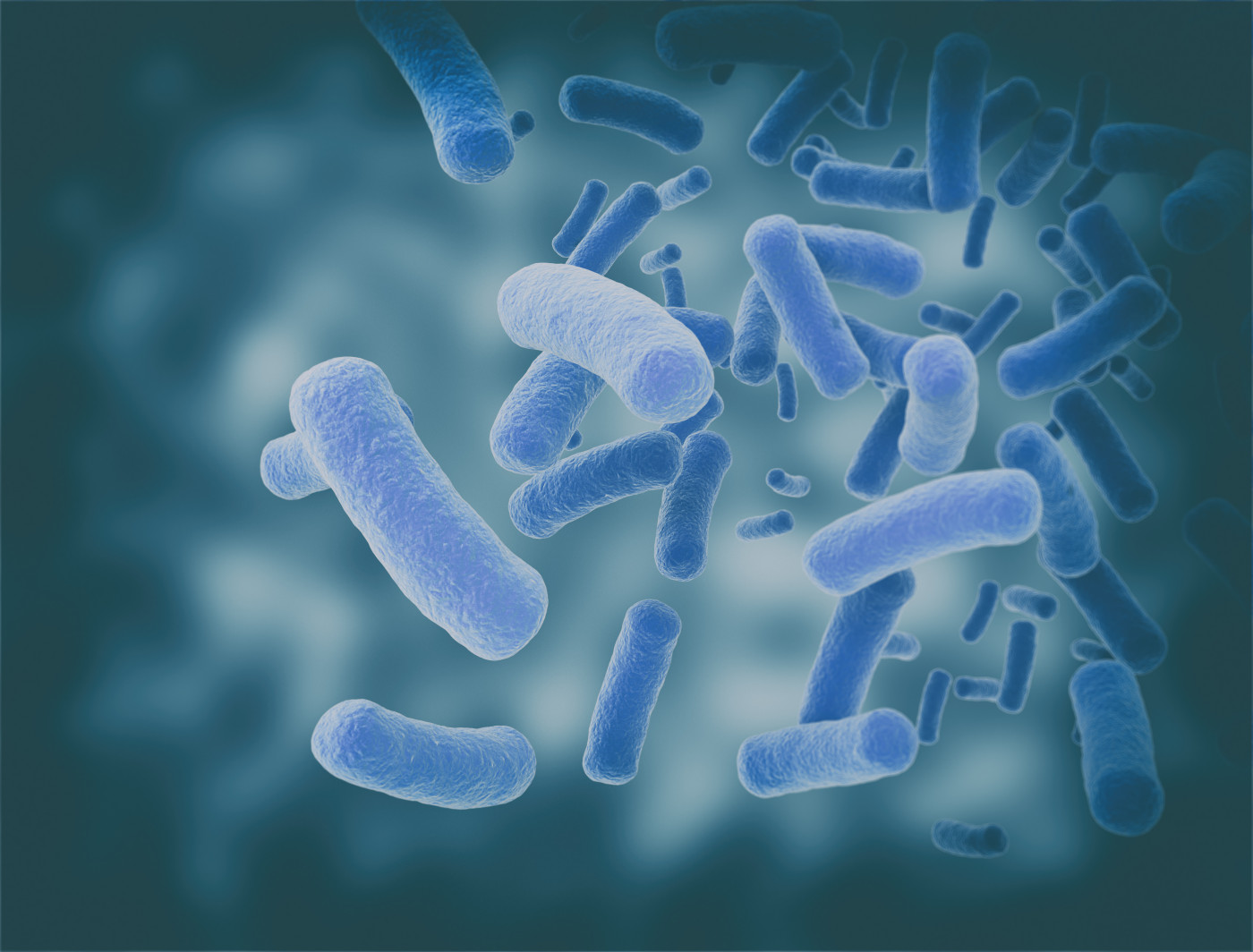Vav3 Protein Creates ‘Docking Station’ for Bacteria, Leading to Lung Infections, Scientists Discover

Scientists have discovered that Vav3, a protein that is over-produced in the lining of the lungs of people with cystic fibrosis (CF), promotes lung infections by creating a “docking station” that bacteria such as Pseudomonas aeruginosa use to attach themselves to the lungs.
Finding a way to inhibit this protein and the formation of the docking station may be a first step to create new therapies to prevent recurrent lung infections in CF patients, researchers noted.
The findings were reported in the study, “Vav3 Mediates Pseudomonas aeruginosa Adhesion to the Cystic Fibrosis Airway Epithelium,” published in the journal Cell Reports.
CF is a genetic disorder characterized by the production of excessive amounts of mucus, leading to severe respiratory and digestive problems.
In addition to clogging up the airways and making it harder for patients to breathe, mucus buildup in the lungs also increases the risk of lung infections. This happens because bacteria that enter the airways are easily caught up on the sticky mucus coating the lungs’ lining.
When this happens with species of bacteria that are resistant to many types of antibiotics, as is the case of P. aeruginosa, patients may develop serious and recurrent lung infections.
“While it is known that mucus viscosity plays a role in trapping bacteria, the reason why they anchor so easily to airways was unknown,” Marc Chanson, PhD, said in a press release. Chanson is senior author of the study and a professor at the department of Cell Physiology and Metabolism of the Faculty of Medicine at the University of Geneva (UNIGE) in Switzerland.
“Anchoring of Pseudomonas aeruginosa to airways’ cells is the starting point for these often fatal infections. Understanding this process could help preventing their occurrence,” Chanson said.
In an effort to pinpoint the mechanisms used by P. aeruginosa and other species of bacteria to anchor themselves to the lungs, researchers at UNIGE compared the transcriptomic profile of airway cells taken from seven CF patients to those isolated from six healthy people.
Transcriptome refers to the group of all RNA molecules, or transcripts, produced from active genes in a cell or tissue. These RNA molecules are the templates cells use to produce proteins.
The team found that cells from people with CF produced excessively large amounts of a transcript providing instructions to make a protein called Vav3.
“The whole project began when we found that the protein Vav3, which had not been shown to be involved in this disease until now, was over-expressed in sick cells,” said Mehdi Badaoui, PhD, researcher in Chanson’s team and first author of the study.
After a series of additional experiments, the team found that Vav3 actually instructs the production of a protein complex in cells lining the lungs’ airways that works as a “docking station” for bacteria.
More specifically, Vav3 promotes the production of two other proteins — fibronectin and integrin b1 — to which it then binds to on the surface of airway cells, assembling the complex that P. aeruginosa uses to gain access to the patients’ lungs.
“This is the first time that a mechanism creating a favorable microenvironment for a bacterium before it even arrives has been observed, [and] might explain the high number of chronic lung infections in people with cystic fibrosis,” Chanson said.
In subsequent experiments, the team demonstrated that silencing (inactivating) the gene that provides instructions to make Vav3 was sufficient to halt the formation of the “docking station” and to prevent P. aeruginosa from attaching itself to airway cells.
The team believes the docking station predisposes “the CF epithelium to [P. aeruginosa] early adhesion, which may represent the “decisive phase” for airway colonization,” they wrote.
“The development of new anti-adhesion therapies represents an important challenge and alternative strategy for efficient treatment of acute and chronic infections. Thus, Vav3-dependent inside-out signaling could be potentially exploited in the research for novel antivirulence targets in CF,” the researchers suggested.







